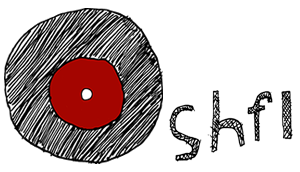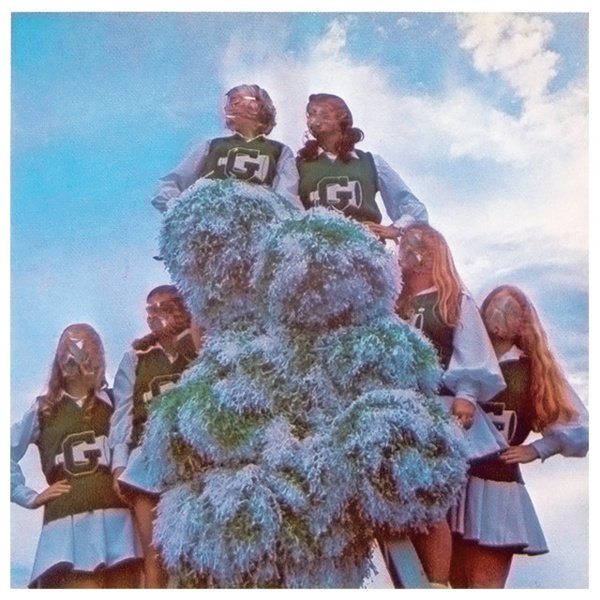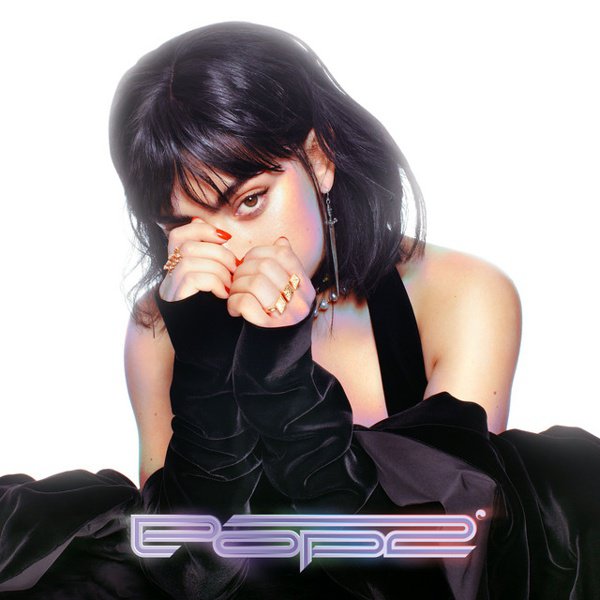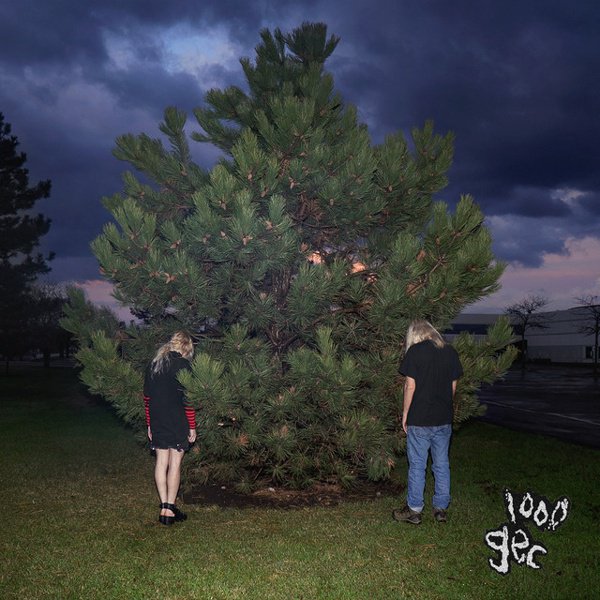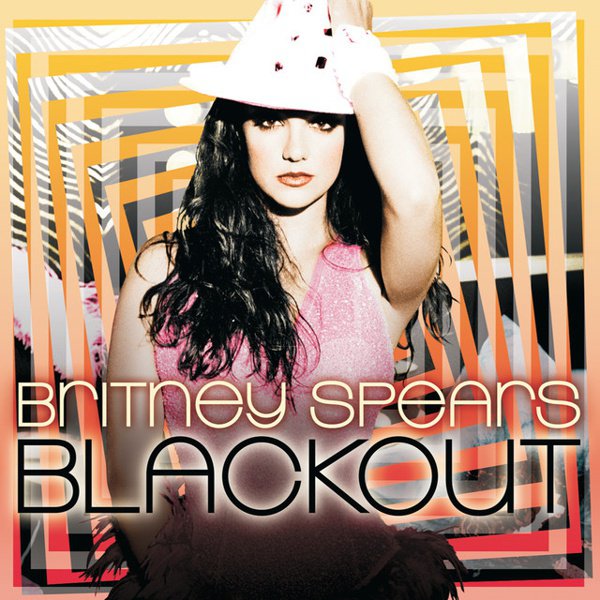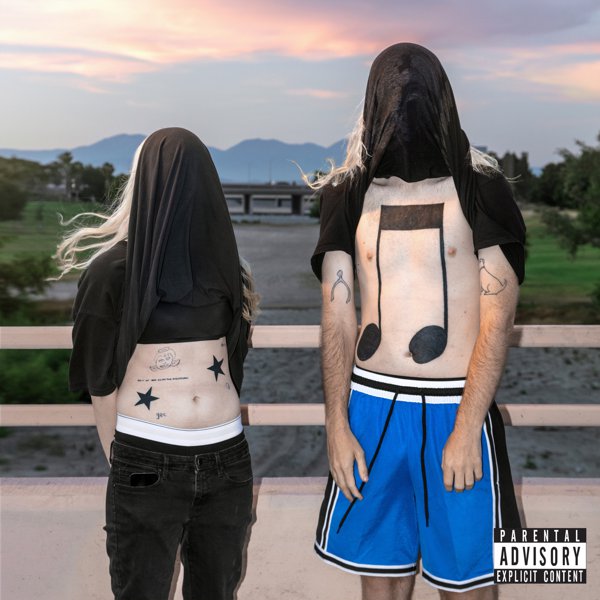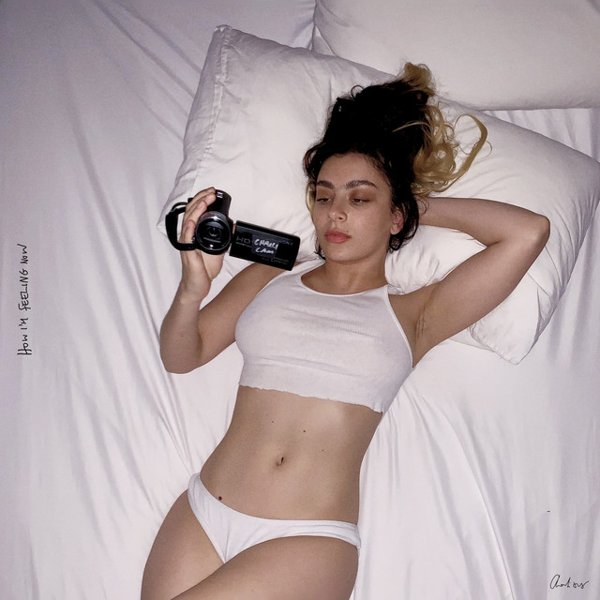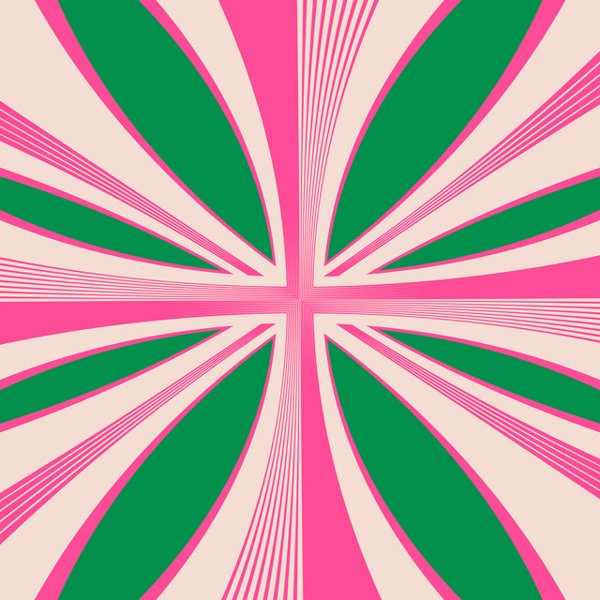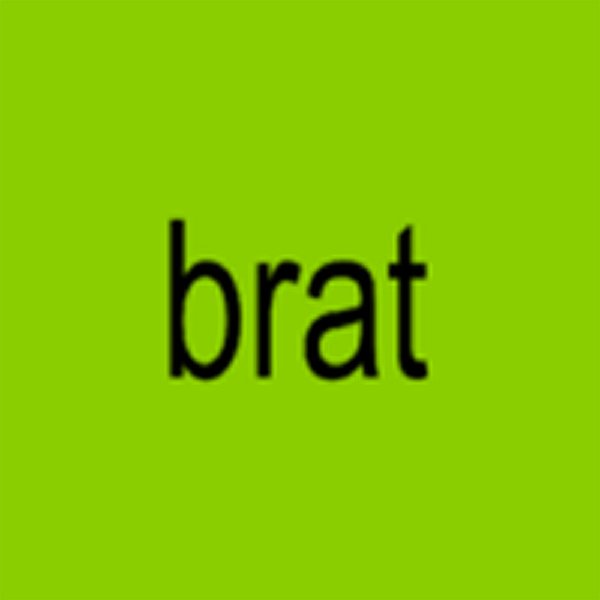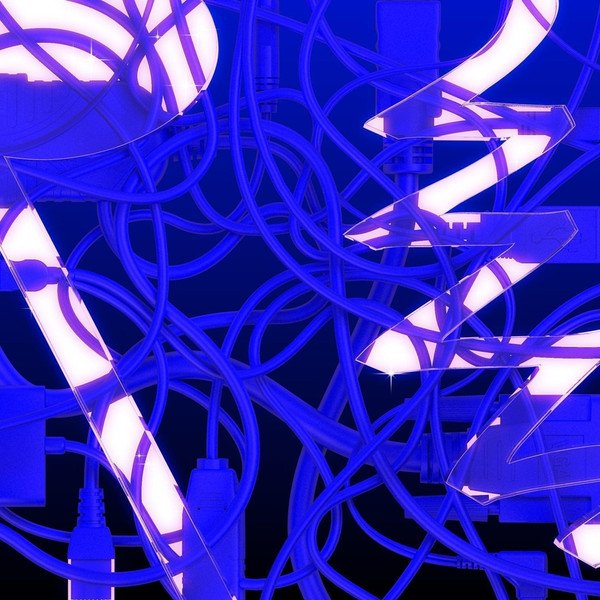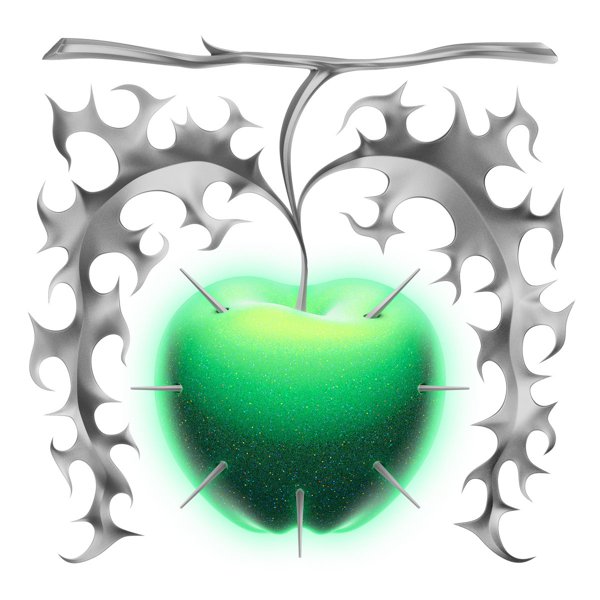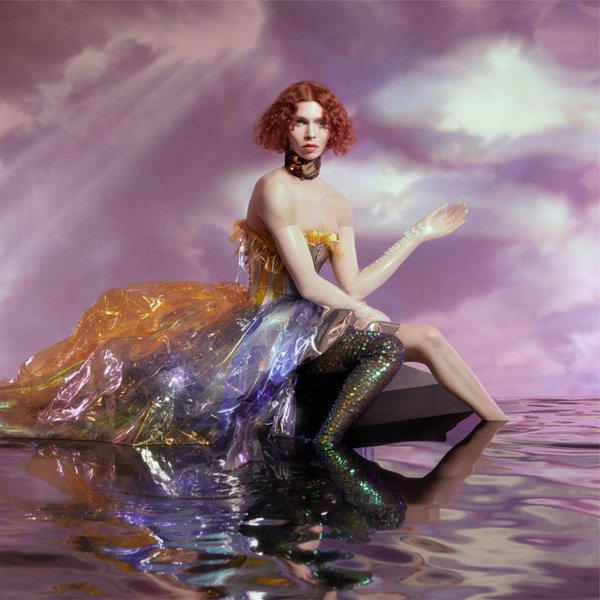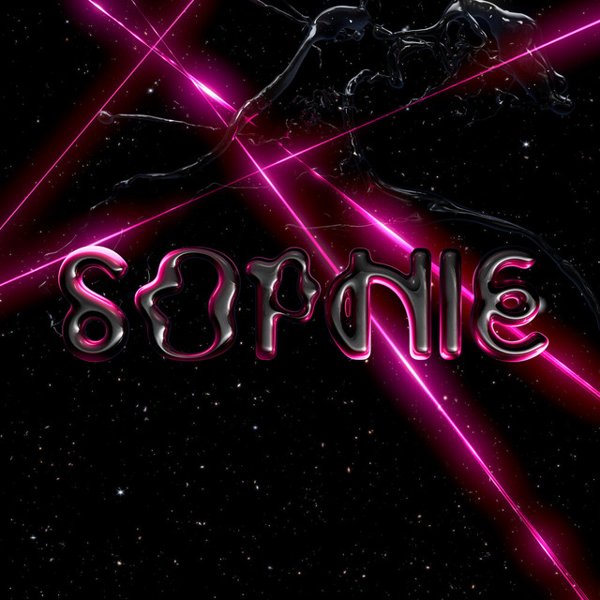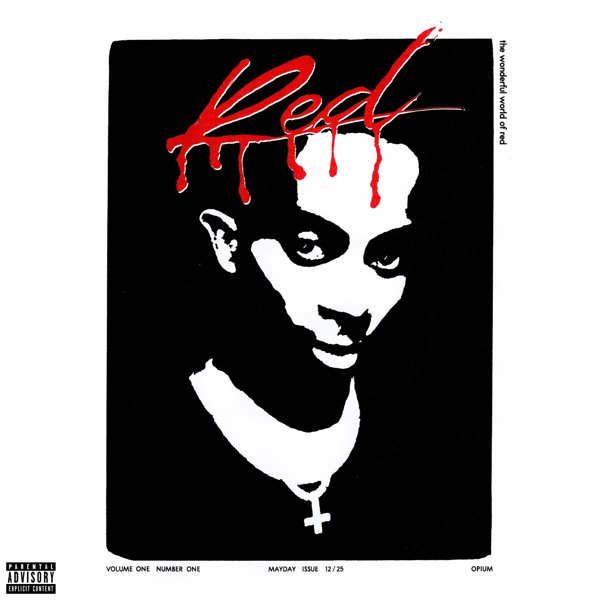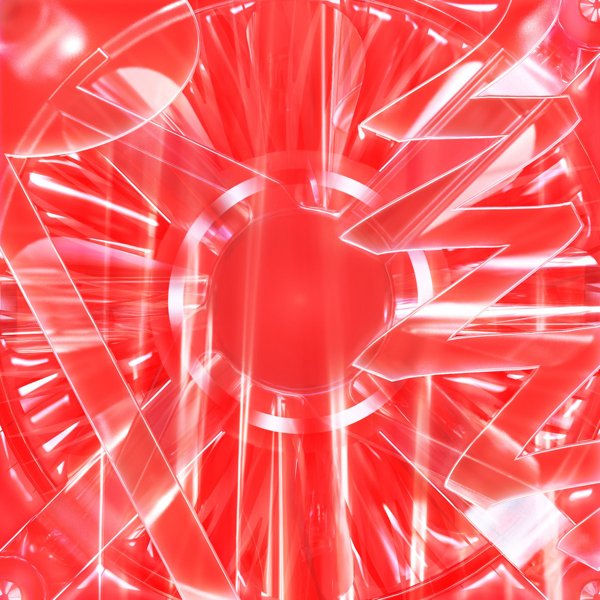Hyperpop is one of the few microgenres to truly reflect the strangeness and peculiar aesthetics of the online era. Exaggerated, self-referential and often self-parodic, its whiplash-inducing musical and mood switch-ups mimic the absurd and freewheeling atmosphere of the 90s internet, before tech giants like Meta or Google fully realized their homogenizing effect.
Musically, it uses modern computer recording and copy and paste techniques for a fully postmodern collage style. Hyperpop’s lyrics and melodies recall the hits of the Mickey Mouse Club-to-pop stardom pipeline – singsong melodies originating with Christina Aguilera, *NSync and most commonly, Britney Spears; many tracks play like teen-pop at 1.5x speed with an industrial makeover. The bubblegum melodies are framed by corrosive-sounding samples and electronics that jarringly fuse other contemporaneous turn-of-the-century styles like nu-metal, EDM, trap, and even ska. The songs are sung with the wounded intensity of Hot Topic emo. The contrast is part of the point – hyperpop producers deliberately let the seams show.
Hyperpop is also one of the most deeply conceptual styles of the 21st century. The objective seems to be a deranged funhouse reflection of outmoded online culture. Outdated and unfashionable styles are used, better to mimic the feelings of gender dysphoria and undefined relationships that pop up everywhere in the lyrics. A mashup of, again, nu-metal, ska, and the most gaudy of EDM contributes to a feeling of disposability. These styles appear and disappear like the head spinning and random unpredictability of a social media feed. In that way, hyperpop encapsulates the aesthetic of the early days of social media and GeoCities, with the commonly pixelated and mismatched imagery on popular websites like MySpace. That hyperpop can make artful, affecting music from fossilized digital trash is its most impressive achievement. Many of the artists are queer and/or trans and have noted in interviews that the sudden stylistic changes reflect how they feel like outsiders in straight society.
Hyperpop can roughly be divided into two eras. The first began in the early 2010s with UK artists like AG Cook, who made unpolished, exhilarating recordings under his name and as a producer for other musicians like Charli XCX. Cook’s productions on his genre-defining label PC Music’s Volume 1 compilation (2015) used a minimal, artsy spin on big tent EDM and techno as backdrops to warped pop songs by Hannah Diamond and GFOTY, who sang the songs in a digitally pitch-shifted helium voice that lent a sense of ecstasy and confusion. Two years later, Charli XCX’s Pop 2 mixtape was her first full-length hyperpop statement, and her raw autotuned confessionals and celebrations anchored some of the strongest productions by Cook and another UK producer, SOPHIE. In her short life (she died in 2021), SOPHIE progressed quickly to a version of hyperpop defined by harsh deconstructed beats draped in digital noise. SOPHIE made tracks that evoked a sense of dislocation and ambiguity, of not being only one thing or another, informed by her experience as a transgender woman.
But the 2019 breakthrough of the American group 100 gecs, in tandem with the COVID-19 pandemic the following year, marked the most visible period of hyperpop. 100 gecs did away with all remaining stylistic restraint of the earlier UK artists — their lo-res, cartoonishly assaultive approach defined the genre’s next few years. That was included along with earlier UK musicians in an eponymous 2019 Spotify playlist that quickly codified the boundaries of the style. Hyperpop, which was popularized by musicians who documented the haphazard trash of the internet, provided a fitting soundtrack to anxious people stuck in lockdown, looking at screens all day. After 100 gecs, there were plenty of new artists mining similar territory, but there was a sense that no one else was pushing the genre forward.
With the increased mainstream attention and COVID easing off, some musicians and fans moved on or sputtered out. Much electronic and rap music in the 2020s takes cues from hyperpop’s noisy, delirious experiments – its fingerprints are all over rage rappers like Playboi Carti. Charli XCX finally became a superstar with 2024’s Brat, and its raw-nerved electro is the most famous legacy of the singularly weird and terminally online hyperpop genre.
